7 Steps to Launching Your Own CBD Brand
Cannabidiol (CBD) has become very popular and sales are projected to reach $20 billion by 2024. Many businesses are starting up in the industry and if you want to launch your own CBD brand, there are various challenges you will face, including a changing regulatory landscape.
You will need to follow all the usual steps when setting up any business, such as formulating a business plan. However, you also need to be prepared for evolving regulations and gray areas, especially when it comes to complying with CBD packaging requirements. For instance, you cannot make unproven health claims.
1. Grow your knowledge about CBD
A thorough understanding of CBD is your first step. Try to learn all you can about CBD, such as where it comes from, how it is extracted, how you need to label products and much more.
The compound in the herb plant called THC (tetrahydrocannabinol) is the one most people know about, as this is the compound that has an intoxicating effect.
Many CBD products are made from industrial hemp, which contains plenty of CBD and very little THC. The marijuana plant, on the other hand, is often bred to contain high amounts of THC. The confusion comes in because both plants belong to the herb family.
One of the reasons the CBD market is growing so rapidly is that it does not have to go through the same compliance, permitting and licensing processes as THC-based products.
What you do need to do is accurately represent the content and provide honest product claims. Many CBD products are incorrect or inconsistent with dosage and ingredient labels.
2. Decide which CBD products to sell
If you are considering starting a CBD business, there are many different products you can sell. Tinctures and soft gels are popular products, so selling them may be a good way to start.
Once you have started selling and people appreciate your products, they will come back for more. Selling tried-and-true products and establishing a customer base comes first. Later on, you can start experimenting and selling a broader range of products.
3. Get access to capital and insurance
Access to capital is a challenge as lenders are reluctant to offer loans to businesses in the CBD industry because they see this as too risky.
Finding insurance is another problem. Despite the fact that industrial hemp has been legalized, it is taking time for the insurance industry to catch up and so prices for insurance remain high.
When regulation is clearer, these challenges may disappear but in the interim, you need to be aware of these issues.
4. Come up with the right name
Banks do not want to do business with herb companies because they fear the risks and regulatory complications. Choosing the right name for your CBD business can make a difference.
Rather than choosing a business name that includes the words “herb,” “hemp” or “CBD,” if you select one that does not raise any red flags, you can are likely to be able to access reliable banking services.
5. Design your logo and website
When designing your logo and website, it is important to come up with fresh ideas and stay away from the clichés and stereotypes of the past.
Having a truly creative logo on your CBD packaging can make consumers choose it over the product of a competitor. The packaging matters as much as the product as it gives consumers their first impression of your brand.
6. Find a CBD packaging company
The 2018 Farm Bill may have removed CBD from the list of controlled substances but it placed governance in FDA hands and the FDA is still coming up with regulations. It is very important to understand current state regulations and to play it safe when selling CBD products.
Changing packaging regulations: You also have to be prepared to anticipate what regulations may change when designing CBD packaging and labels. Partner with the right herb packaging company and you can receive advice on the packaging that is right for your products and attracts the attention of consumers.
Child-resistant herb packaging: Each state has its own requirements with regard to child-resistant herb packaging. It is generally required to be opaque, resealable and clearly labeled. You have to be careful about the words, colors and graphics you use on herb packaging to make sure it does not appeal to children.
This is particularly relevant when it comes to edibles, like cookies or candies. Marijuana packaging today focuses on minimalism, luxury, discreetness and eco-friendliness.
CBD packaging: Herb bags and pouches are often used for packaging products. These must be designed to keep products fresh and potent by avoiding exposure to oxygen and light.
Stand-up pouches with zippers are popular when selling CBD products like edibles and some CBD packaging looks as though it belongs alongside top products in the beauty or food industries.
herb stickers: herb or herb stickers in a wide range of colors and styles can help with branding and compliance.
7. Think about how to market and sell your products
It is important to sell high-quality products if you want to gain a competitive advantage and pass the scrutiny of regulators. Consumers are also more educated than ever and know what to look for in a product.
For instance, it is important to provide third party laboratory testing results to consumers so they know exactly what they are buying. They do not want to buy a CBD product and find that it contains more THC than they expected.
A final word
At present, there is major momentum and many people are trying to get on the CBD bandwagon. If you want to make an impact, it is important to combine due diligence and creativity. There are simply too many product choices to expect that your products will achieve a percentage of market share just by being on the shelf. Set your business apart with quality products and herb packaging that looks attractive and conveys a convincing brand image that entices consumers to make a purchase.
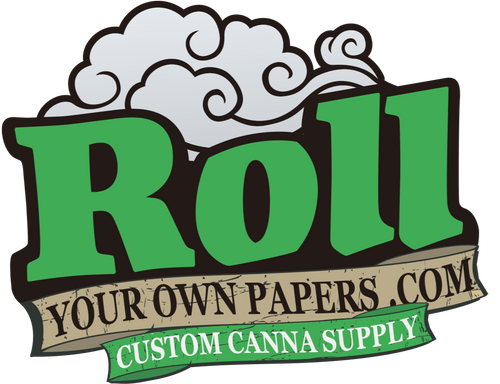
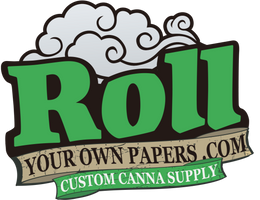
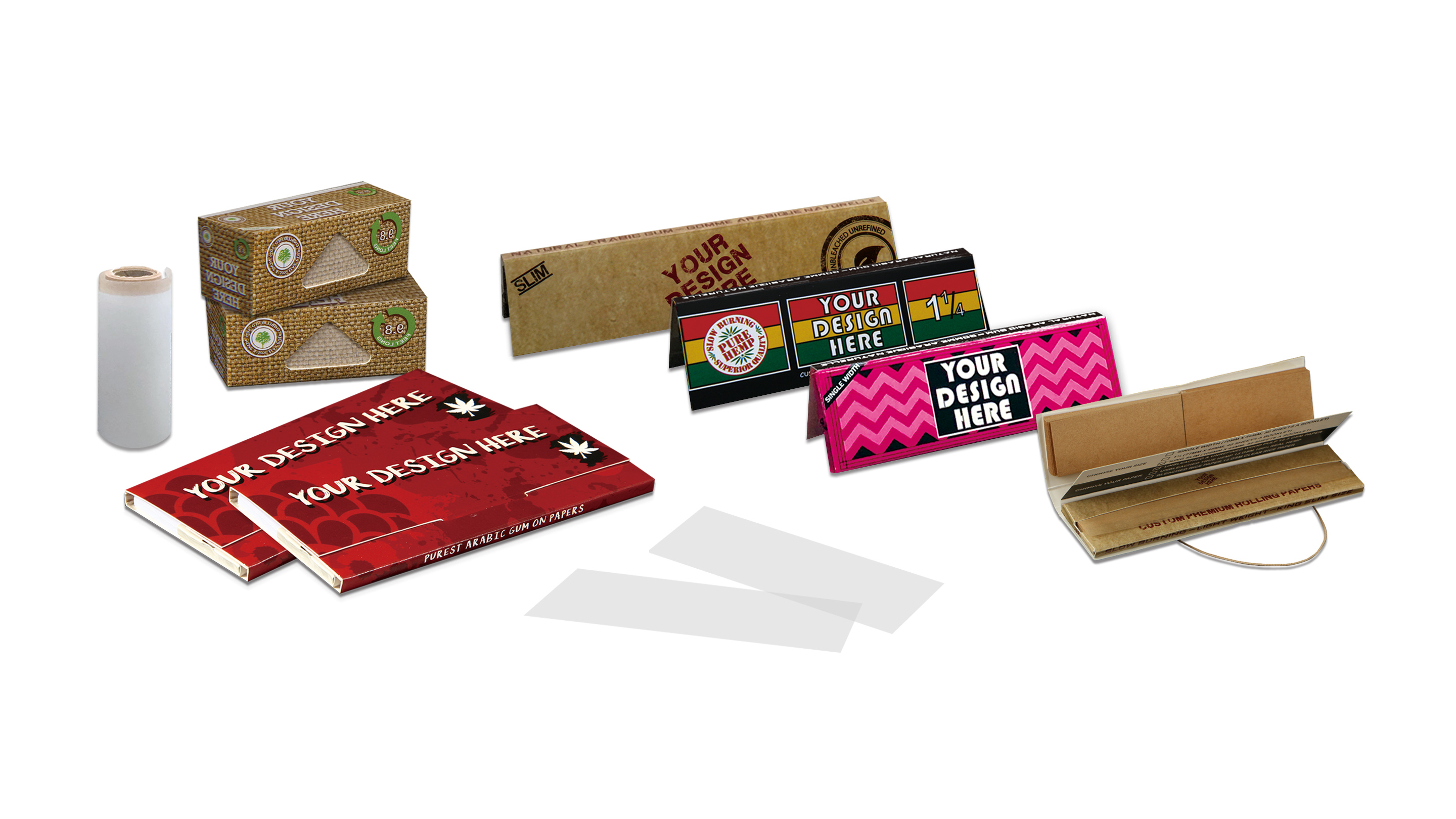
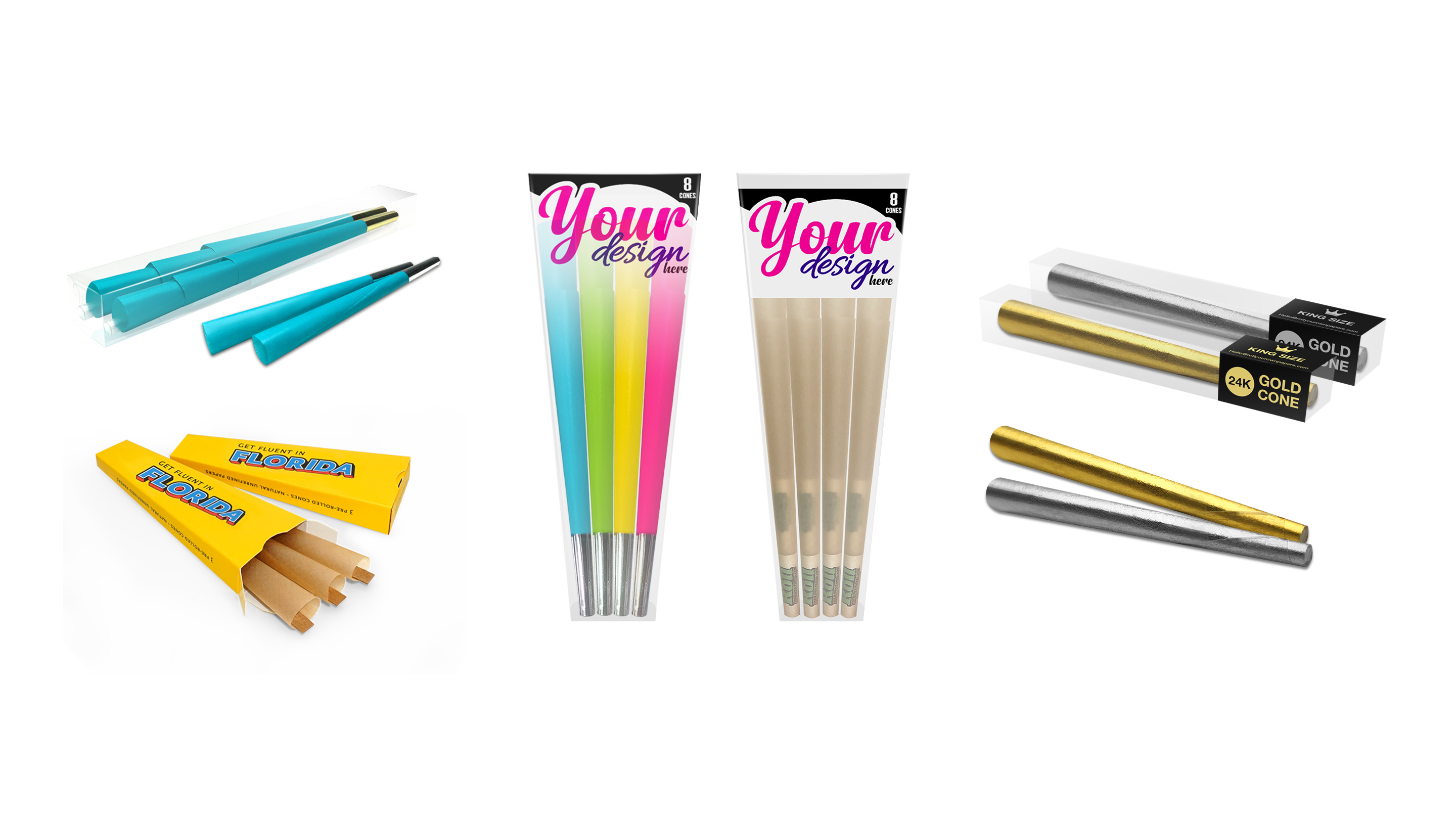
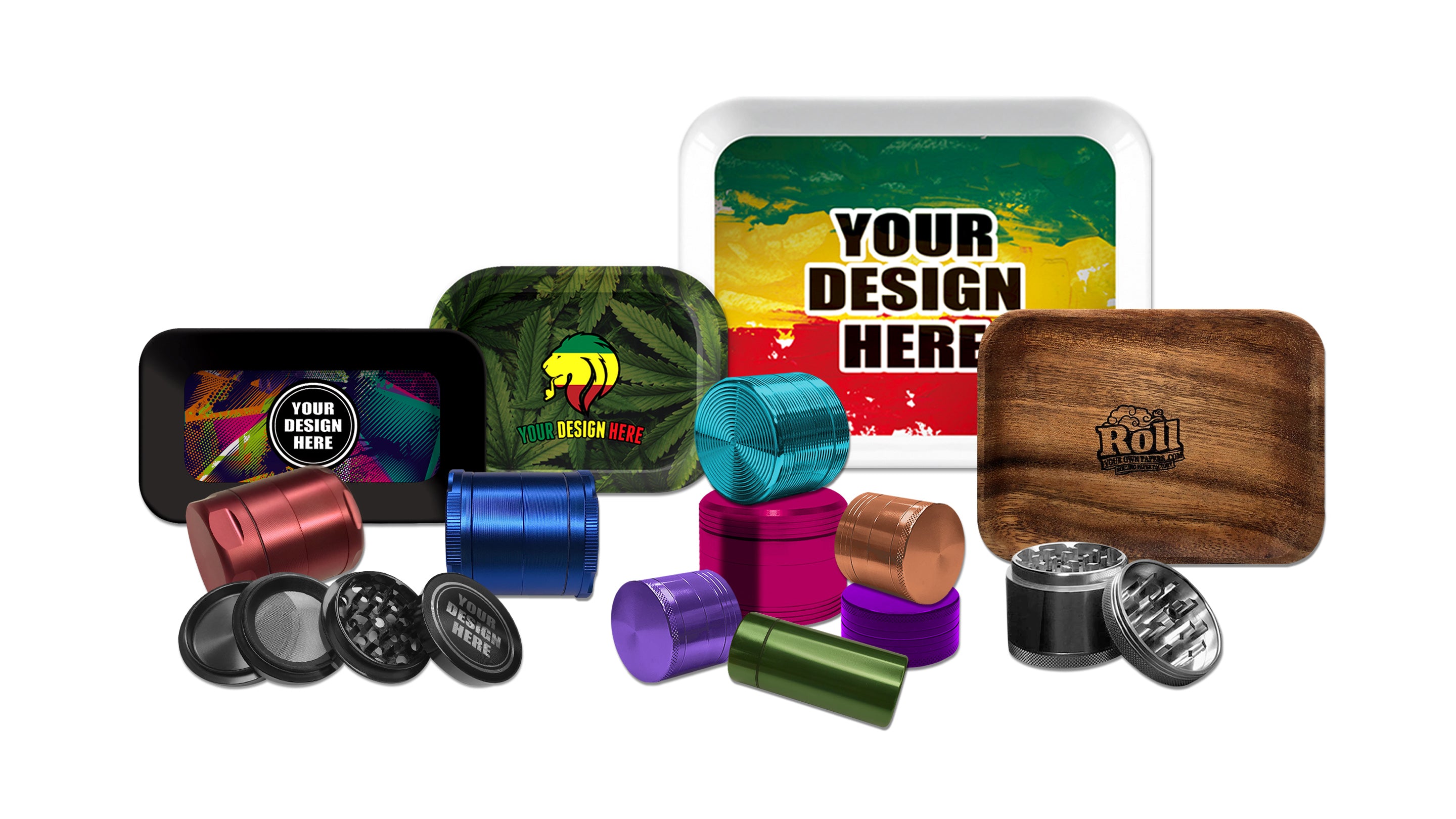
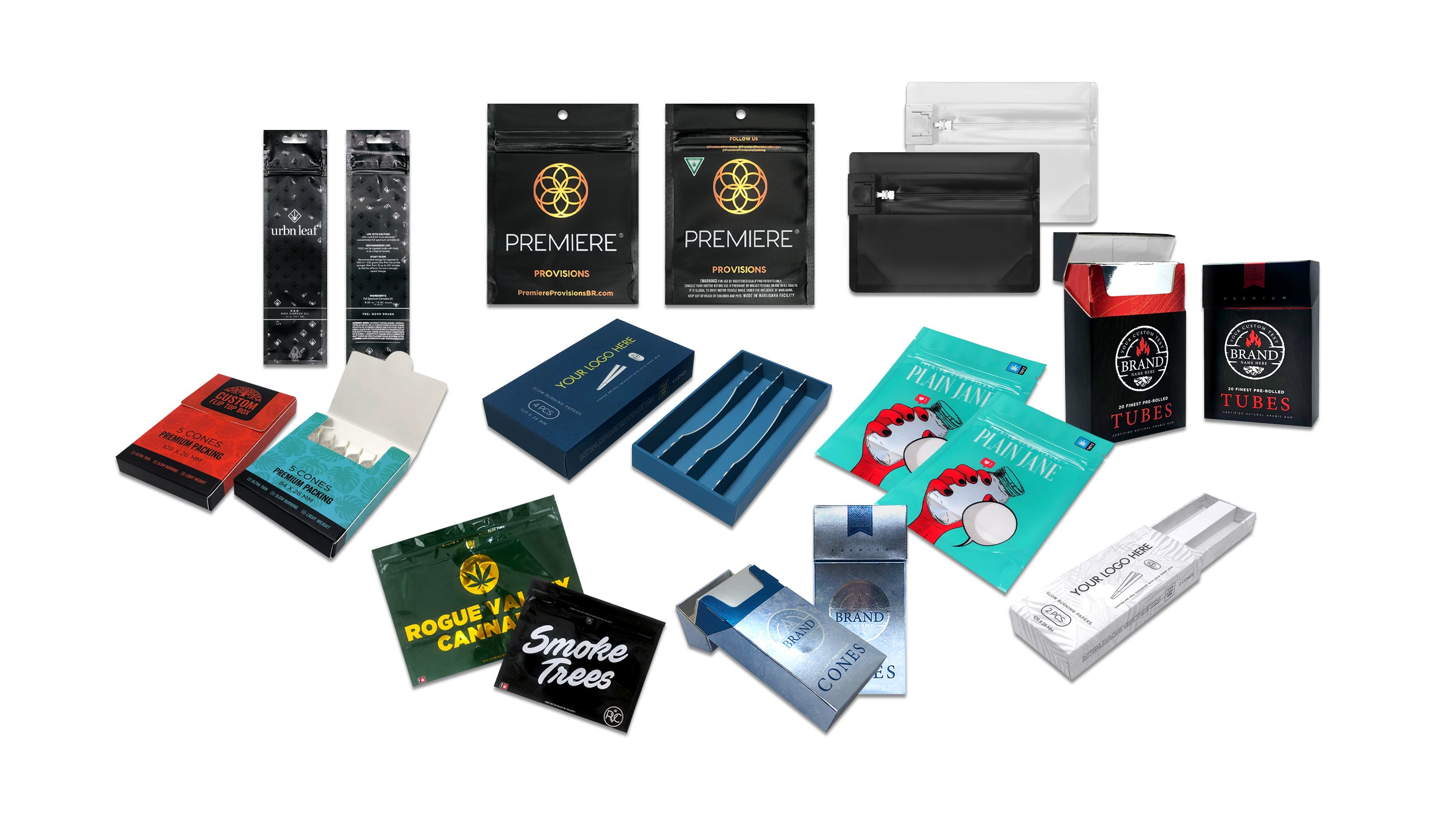
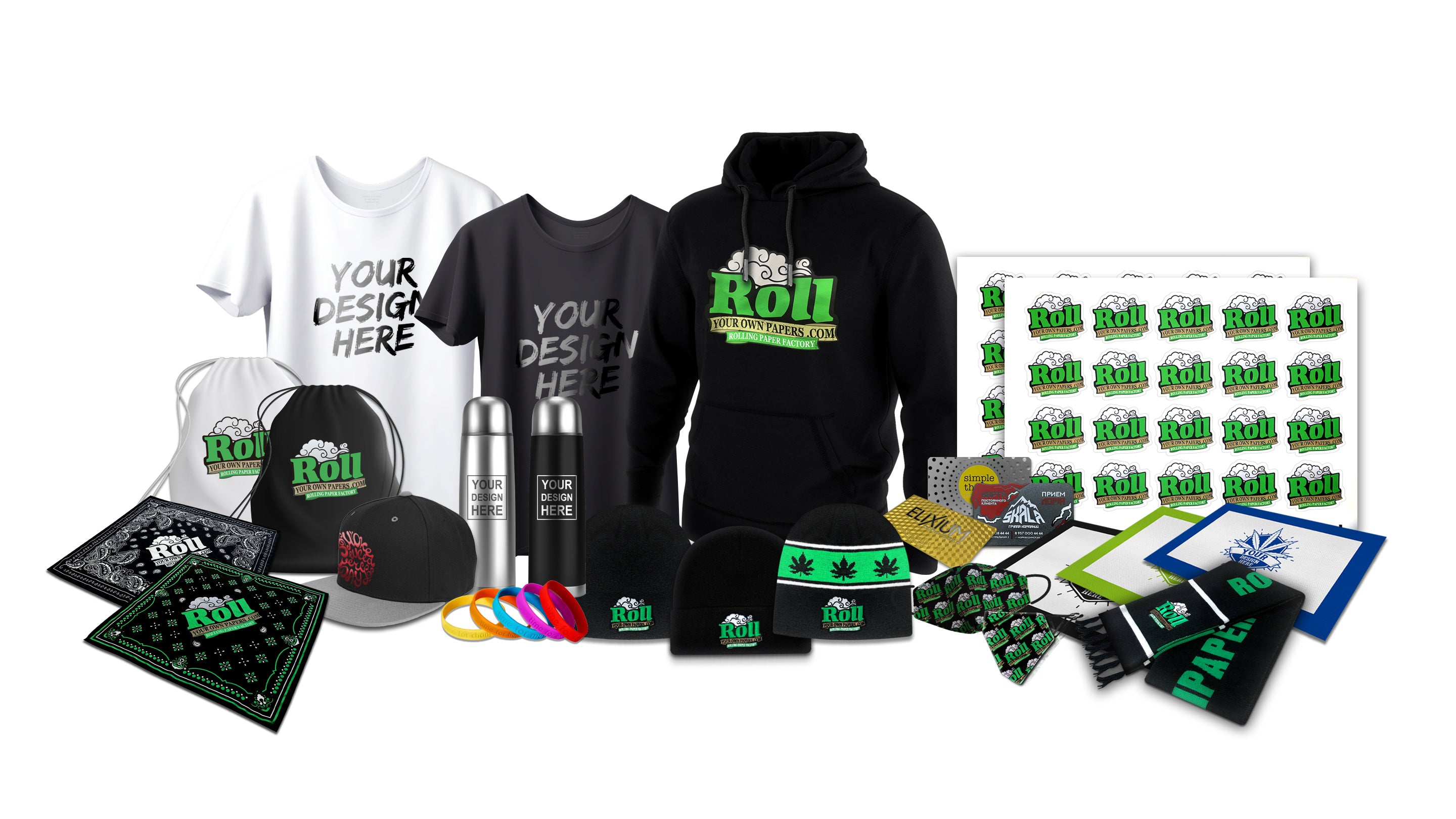







Leave a comment